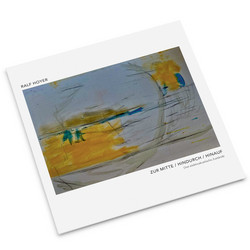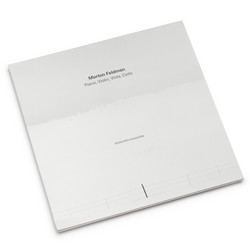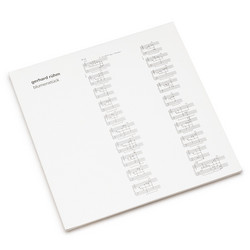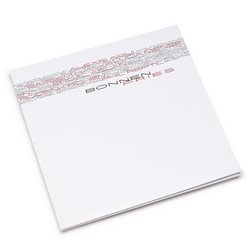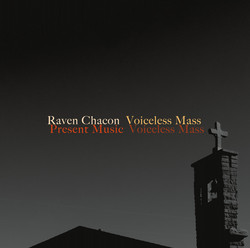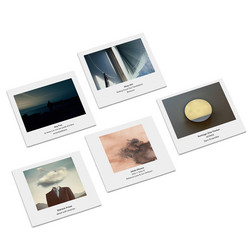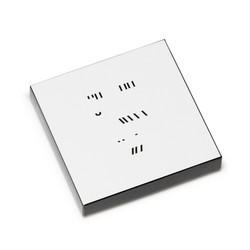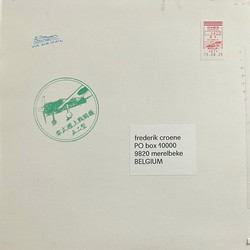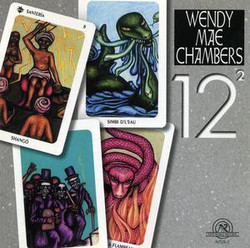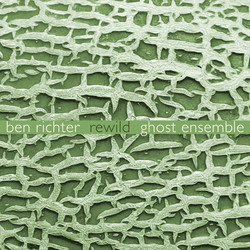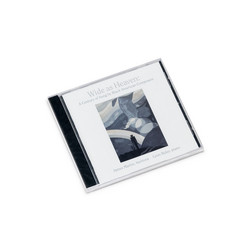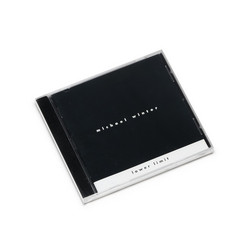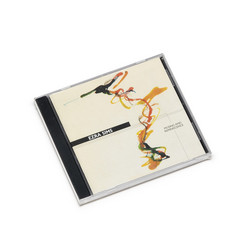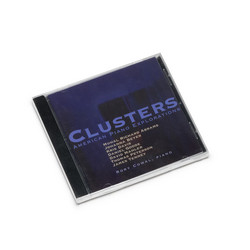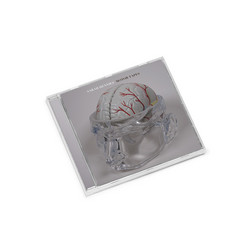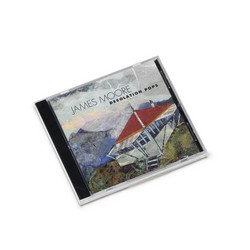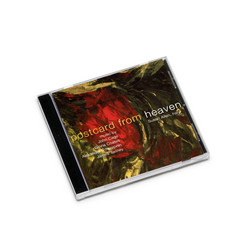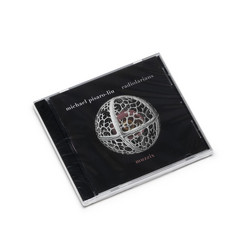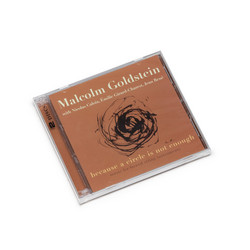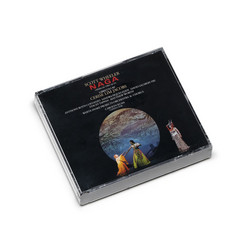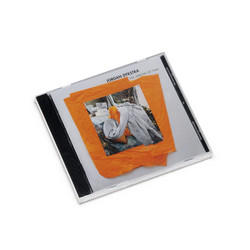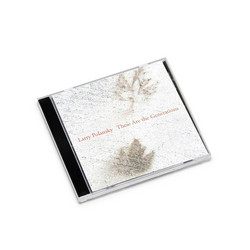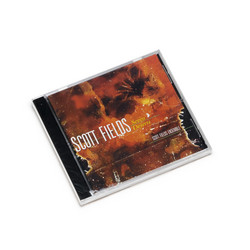George Lewis (b 1952) combines an astonishing level of creativity with trenchant critiques of many traditional conceptions about experimental music. The four compositions on this album reference a wide range of ideas, from rhetoric in Ancient Rome to actor network theory, and the album's eponymous composition finds its grounding in the concept of the "assemblage," (or agencement in French) a pragmatic, material, non-teleological approach to composition. Among the album's compositions, Mnemosis (2012) and Hexis (2013) foreground repetition, and feature hypnotic patterns with striking sonic surfaces. Mnemosis, scored for flute, clarinet, violin, viola, cello, piano, and a percussionist, features repeated cells of dissonant interlocking lines that take shape as elaborate, even baroque loops. The overall impression is one of a clock with several hands turning unpredictably in different directions, triggering an oddball circus of sounds, recurring asynchronously, sometimes raucously. Hexis (2013) appears as something of a slightly smaller and shorter sequel to Mnemosis, and is scored for the same band of instruments, but without viola.
By comparison with Hexis and Mnemosis, Assemblage (2013) is more energetic, even chaotic. Written for a 9-piece version of Ensemble Dal Niente, Lewis describes Assemblage as having a feeling of pushing ahead all the time, "or turning a wheel." It can give the impression of an urban crowd bustling in every direction. Or a rising and falling activity of bouncing against the interior of a box that nonetheless manages to contain a certain sense of entropy. The unpredictable interplay between human and material agencies is an explicit theme of the piano and violin duo, The Mangle of Practice (2014). It explores how practical relationships, decisions, and mediations structurally disfigure the elements in a given situation. Over the course of minutes, one hears episodes of internally consistent materials that are set in motion like windup toys, until a cut occurs, and a new sonic palette unfolds. It gives the impression of a single sonic object with over a dozen sides, being gradually flipped from one side to the next.
